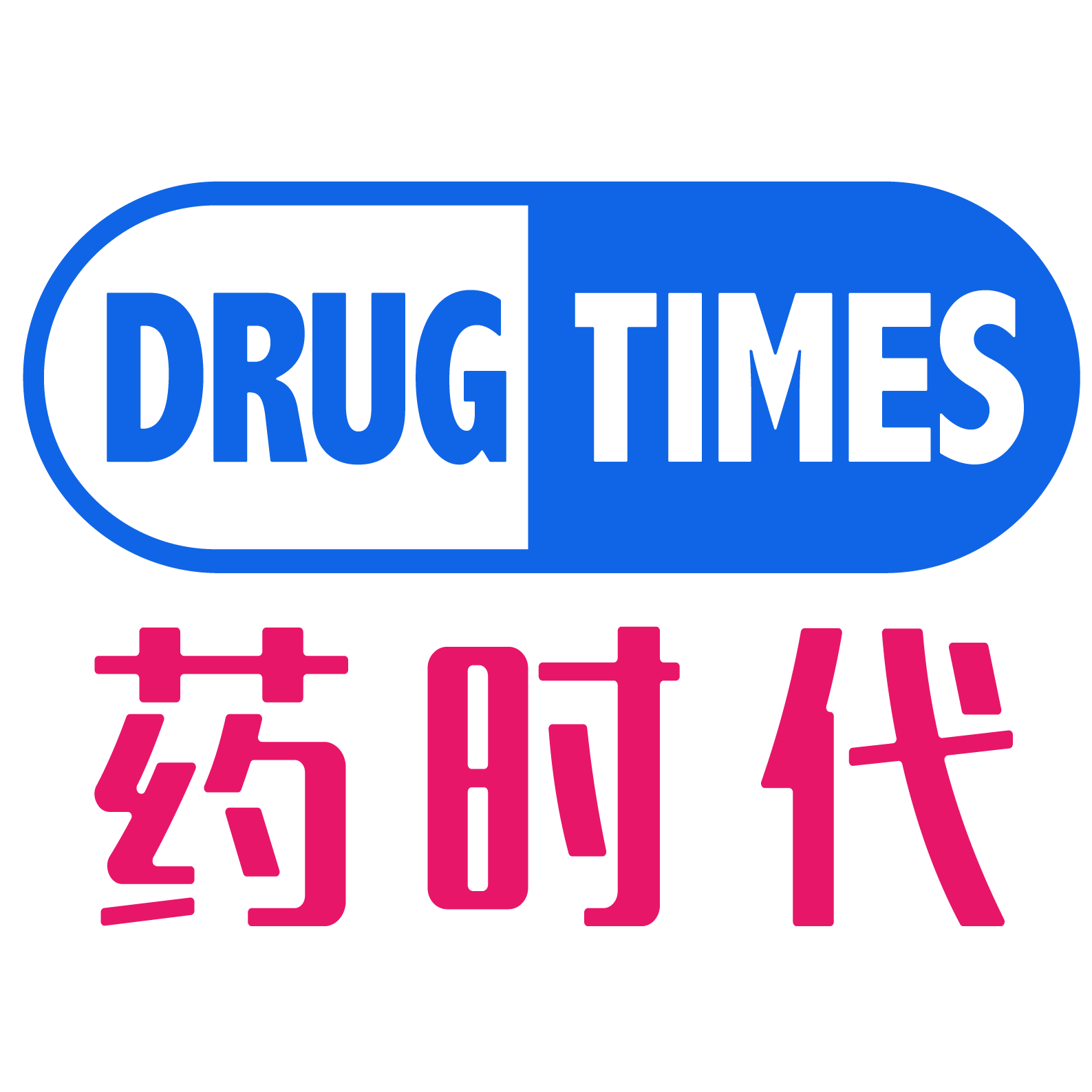
A new broom sweeps clean!
On July 31, 2025, at AbbVie‘s second quarter earnings call, the current Chairman of the Board and Chief Executive Officer (CEO), Robert A. Michael, made a bold statement: We are looking forward to becoming the largest CNS company in the industry next year!
Interestingly, Robert A. Michael, the current CEO of AbbVie, officially took over the CEO position on July 1, 2024, and succeeded Richard A. Gonzalez as Chairman of the Board on July 1, 2025. Immediately, he set the goal for AbbVie to “pivot” and aim for the top spot in CNS, showing the vigor of a new leader making a strong start. So, where does AbbVie’s confidence in competing for the top position in CNS come from?
The CNS field is in full bloom, with an impressive growth rate
Let’s first take a look at AbbVie’s new CNS report card.
On July 31, AbbVie announced its 2025 H1 performance, with total revenue of $28.766 billion in the first half of the year, up 7.4% year-on-year. Among them, the neuroscience business was as high as $4.965 billion, up 20.3% year- on-year.
In the field of neuroscience, the schizophrenia drug Vraylar (cariprazine) achieved sales of $1.665 billion in the first half of the year, continuing its excellent performance of ranking in the top 3 in CNS sales in 2024. This is mainly due to the approval of Vraylar for three major indications: schizophrenia, bipolar I depression, and major depression.
In the field of migraine treatment, performed well, achieving sales of $578 million and $460 million respectively. Qulipta’s sales surged by 63.6%, which may be attributed to the positive Phase 3 trial data announced in April last year, showing that 70% of participants had a significant reduction in migraine days. It is only a matter of time before its sales exceed those of Ubrelvy.
In the field of Parkinson’s disease treatment, Duodopa and Vyalev showed opposite sales trends. Duodopa, which has been on the market for over 20 years, had sales of $193 million, down 15.2%; while Vyalev, which was approved in 2024, achieved sales of $161 million and is currently ramping up quickly, with the highest growth rate of over 100% in AbbVie’s 2025 H1. Duodopa requires surgical placement of a gastric tube for administration and complex daily maintenance. In contrast, Vyalev uses a subcutaneous continuous infusion therapy with a pump for drug delivery, which improves convenience and avoids complications caused by the short half life of oral therapies. It has become AbbVie’s new ace in the field of Parkinson’s disease.
However, when people mention AbbVie, they always think of its dominance in the autoimmune field. The data is the strongest proof. In 2025 H1, AbbVie alone achieved $13.895 billion with just three autoimmune products. Among them, the IL-23 monoclonal antibody Skyrizi (risankizumab) and the JAK1 inhibitor Rinvoq (upadacitinib) grew rapidly, with sales of $7.848 billion (+ 65.8%) and $3.746 billion (+ 48.5%) respectively, both surpassing the former “blockbuster drug” Humira and contributing a total of $11.594 billion. At this high speed growth rate, the combined annual revenue of the autoimmune twins Skyrizi and Rinvoq is expected to easily exceed $25 billion.
However, looking at the overall business growth rate, AbbVie’s CNS segment grew by 20.3% year-on-year in the first half of the year, significantly higher than the 12.6% in the autoimmune field, and is becoming the company’s new growth engine, in line with the vision of new CEO Robert Michael for AbbVie.
Where there’s profit, there’s investment
The substantial returns from the CNS field have endowed AbbVie with formidable financial power, enabling it to continuously invest in the expansion of this domain, thus creating a virtuous cycle where commercial rewards and R&D outcomes mutually reinforce each other. Judging from its series of external collaborations and acquisitions (BD), AbbVie has demonstrated a clear and resolute strategic ambition – the all-out sprint to become the number one player in CNS.
According to insiders, AbbVie is currently in negotiations to acquire the private mental health treatment company Gilgamesh Pharmaceuticals, with a deal valued at approximately $1 billion. Since May 2024, AbbVie has had a $2 billion collaboration agreement with Gilgamesh to develop novel neuroplasticity factor drugs for the treatment of mood disorders and anxiety, while avoiding hallucinogenic side effects and eliminating the need for in-clinic management and supportive care. If this acquisition goes through, it will mark the third CNS-related company that AbbVie has acquired in less than two years.
Last October, AbbVie spent $1.4 billion in cash to acquire Aliada Therapeutics and its Alzheimer’s disease related project (antibody ALIA-1758), signaling AbbVie’s emergence from the shadow of repeated setbacks in Alzheimer’s disease (AD) collaborations and its re-energized efforts in this field.
However, another acquisition by AbbVie has been quite controversial. At the end of 2023, AbbVie acquired Cerevel Therapeutics for $8.7 billion. But its core product EMPOWER failed to meet the primary endpoints in two Phase II clinical trials (EMPOWER-1 and EMPOWER-2) targeting schizophrenia patients, causing AbbVie to lose $30 billion in market value overnight. Fortunately, just one month later, AbbVie announced that another key pipeline product from Cerevel, the Parkinson’s disease drug Tavapadon, had achieved positive results in the pivotal Phase III TEMPO-2 trial, which somewhat restored the company’s reputation. AbbVie is expected to submit a New Drug Application (NDA) for Tavapadon to the US FDA in 2025, and the CNS field is set to welcome a new star.
Can AbbVie become the “CNS No. 1”?
It is still too early to tell whether the rapid growth in CNS sales and strategic expansion can propel AbbVie to the top position in CNS.
As a seasoned player in the CNS field, Johnson & Johnson acquired Intra-Cellular for $14.6 billion at the beginning of the year, gaining multiple assets, including the marketed drug Caplyta (lumateperone). Caplyta achieved sales of $680 million in 2024. This move by Johnson & Johnson effectively avoided the risks of early stage R&D failures and accelerated the realization of commercial value.
Biogen, the leader in Alzheimer’s disease (AD), followed suit by reaching a nearly $1 billion agreement with RNAi technology company City Therapeutics, combining RNAi engineering technology with tissue-enhanced delivery technology to develop systemically administered RNAi therapies, with a priority on CNS diseases. Biogen’s Leqembi is also expected to gain approval in August this year. It will be the first Alzheimer’s disease treatment that can be administered subcutaneously at home via an autoinjector, with unlimited market prospects.
Looking ahead, as companies continue to increase their R&D investment and technological innovation in the CNS field, the fierce competition within the industry will drive the entire field toward more efficient and convenient treatment solutions. Whether it is AbbVie’s rapid rise or the continuous innovation of established companies like Johnson & Johnson and Biogen, both will bring more hope and possibilities to patients.
In the field of biopharmaceuticals, there is no eternal No. 1, only infinite possibilities.
【Editor’s note】The above content (~6400 words) is a quick translation of a Chinese article (posted on 2025-08-02) by DrugTimes team. To read the original article, please click here. All comments are warmly welcome. Many thanks!
发布者:DrugTimes001,转载请首先联系contact@drugtimes.cn获得授权

 为好文打赏 支持药时代 共创新未来!
为好文打赏 支持药时代 共创新未来! 